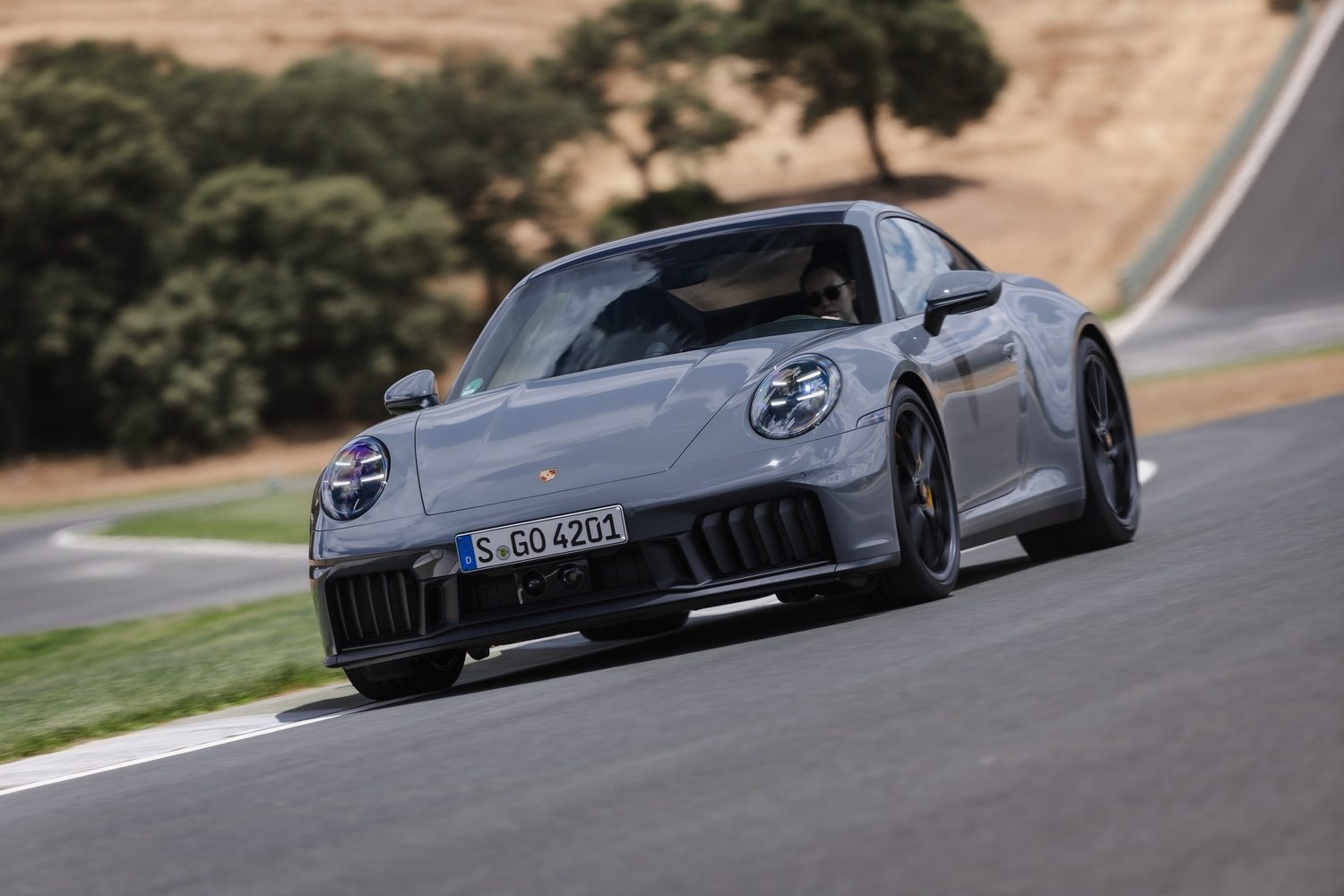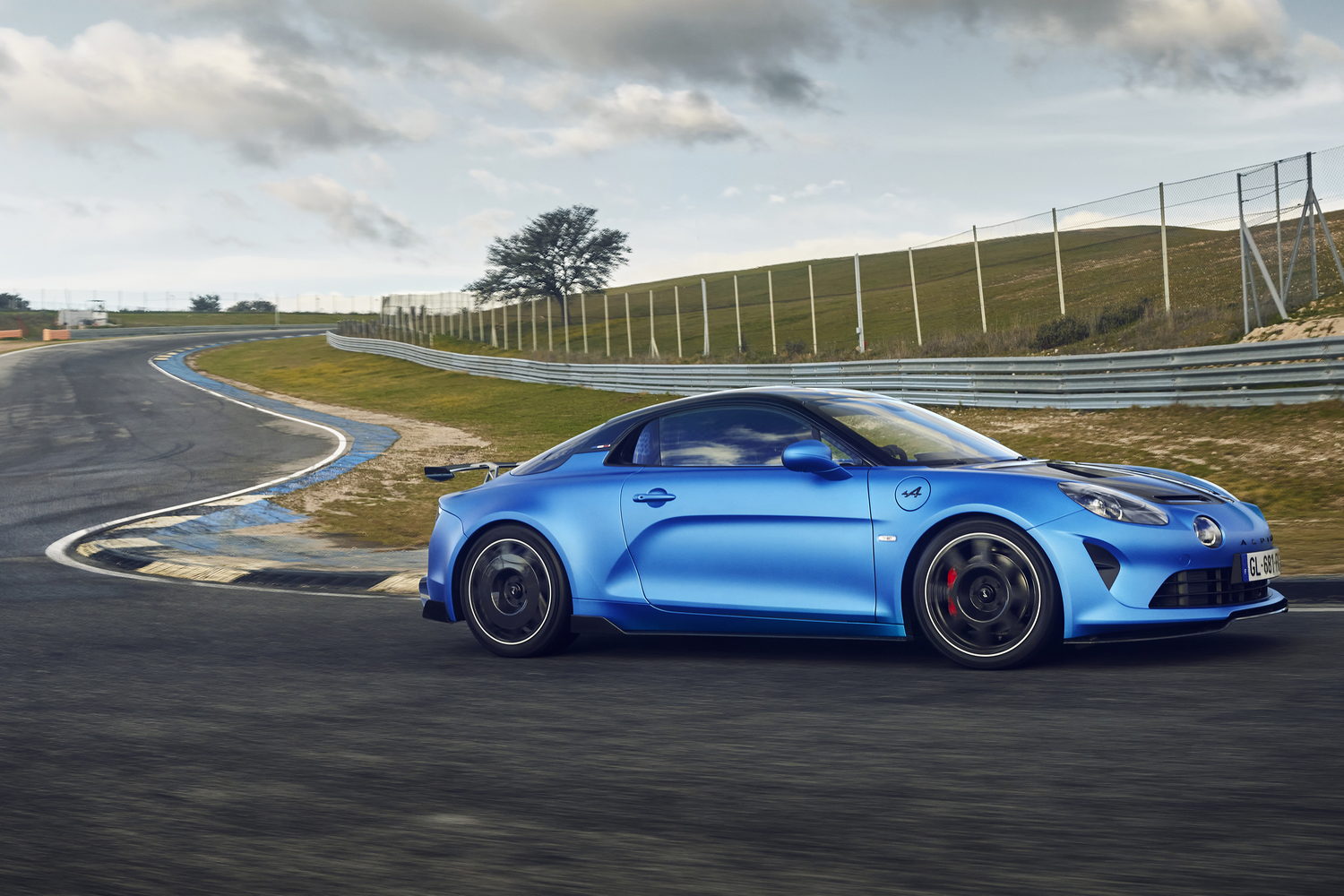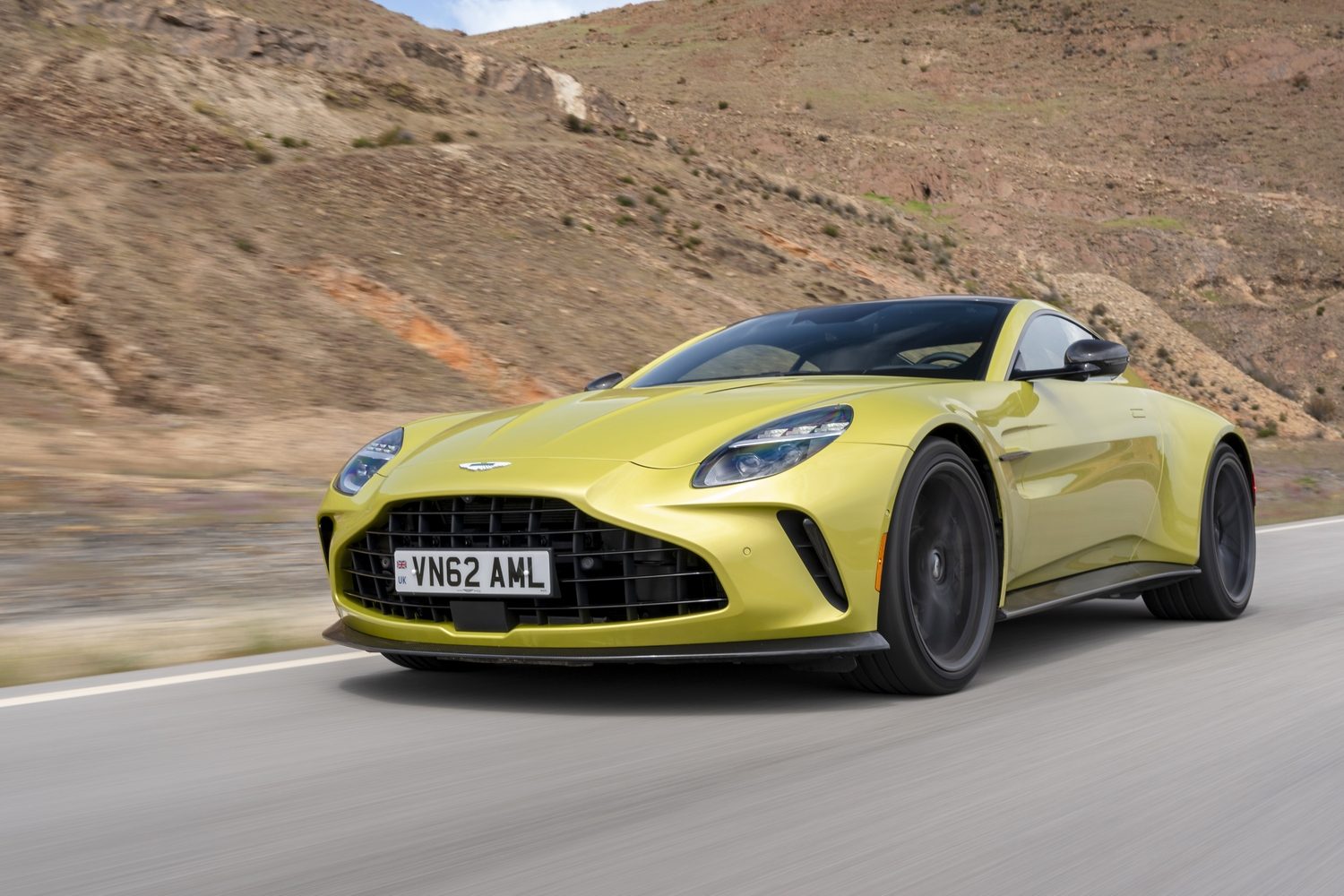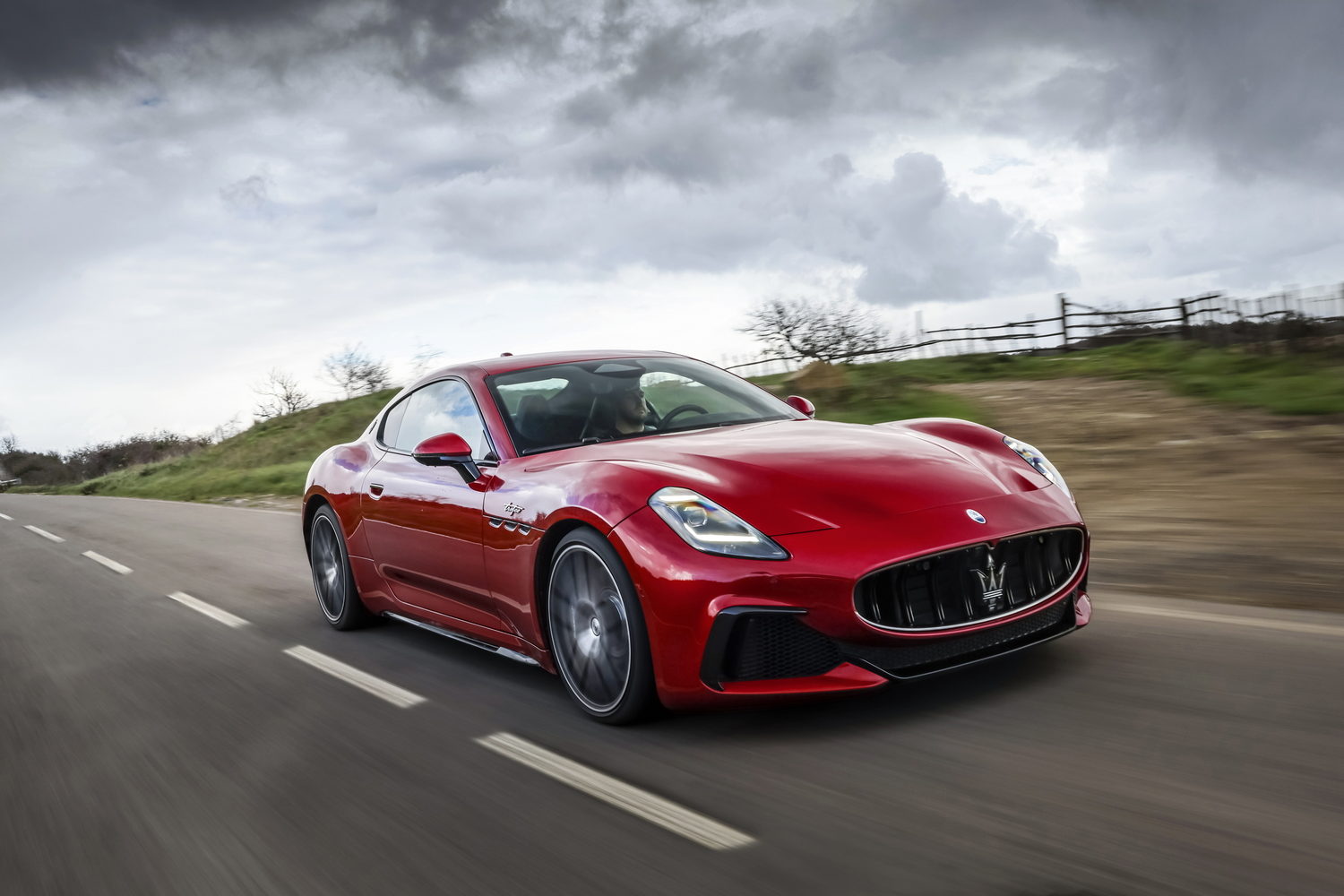The GTS versions of the 911 exist primarily to bridge the gap between the ‘cooking’ Carrera models and the high-performance GT3, providing a road-going 911 variant that isn’t too powerful, but handles well enough to provide plenty of thrills on the odd track-day. In which case, the ‘basic’ Carrera GTS Coupe is arguably the most GTS GTS of them all, with a classic rear-wheel-drive, rear-engined layout.
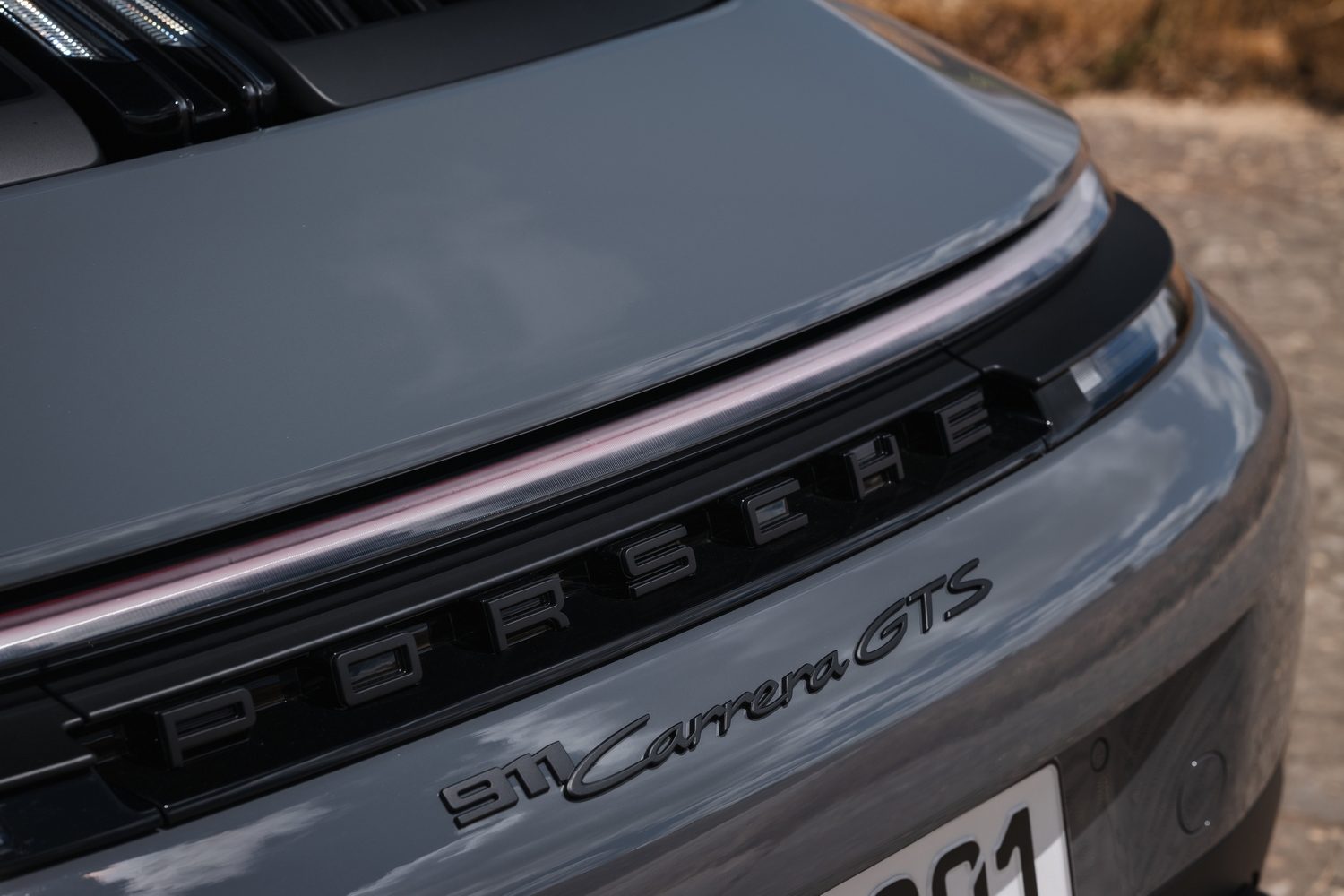
For the purists, therefore, this is likely to be the GTS that appeals most, but will it prove as appealing as its siblings on the road? We’ve already sampled the all-wheel-drive GTS Coupe and the Targa model, and we’ve come away impressed, so how will this iteration stack up?
How does the Porsche 991 Carrera GTS Coupe look?
In essence, the GTS looks much like any other current-generation 911, with the same basic body shape, similar lights and much the same windows and doors. But Porsche is trying to differentiate its models more than ever with this, the 992.2-generation car, so the GTS gets bespoke bumpers with vertical slats at the front, while the sports exhaust with its two central tailpipes is a standard feature too. Add dark alloy wheels, black exterior trim and red brake callipers, as well as sports suspension that lowers the car by 10mm compared with the standard Carrera, and you’ve got something a little more purposeful and aggressive than your common-or-garden 911. Admittedly, we’re still unsure about the gills at the front, but the GTS is handsome enough.
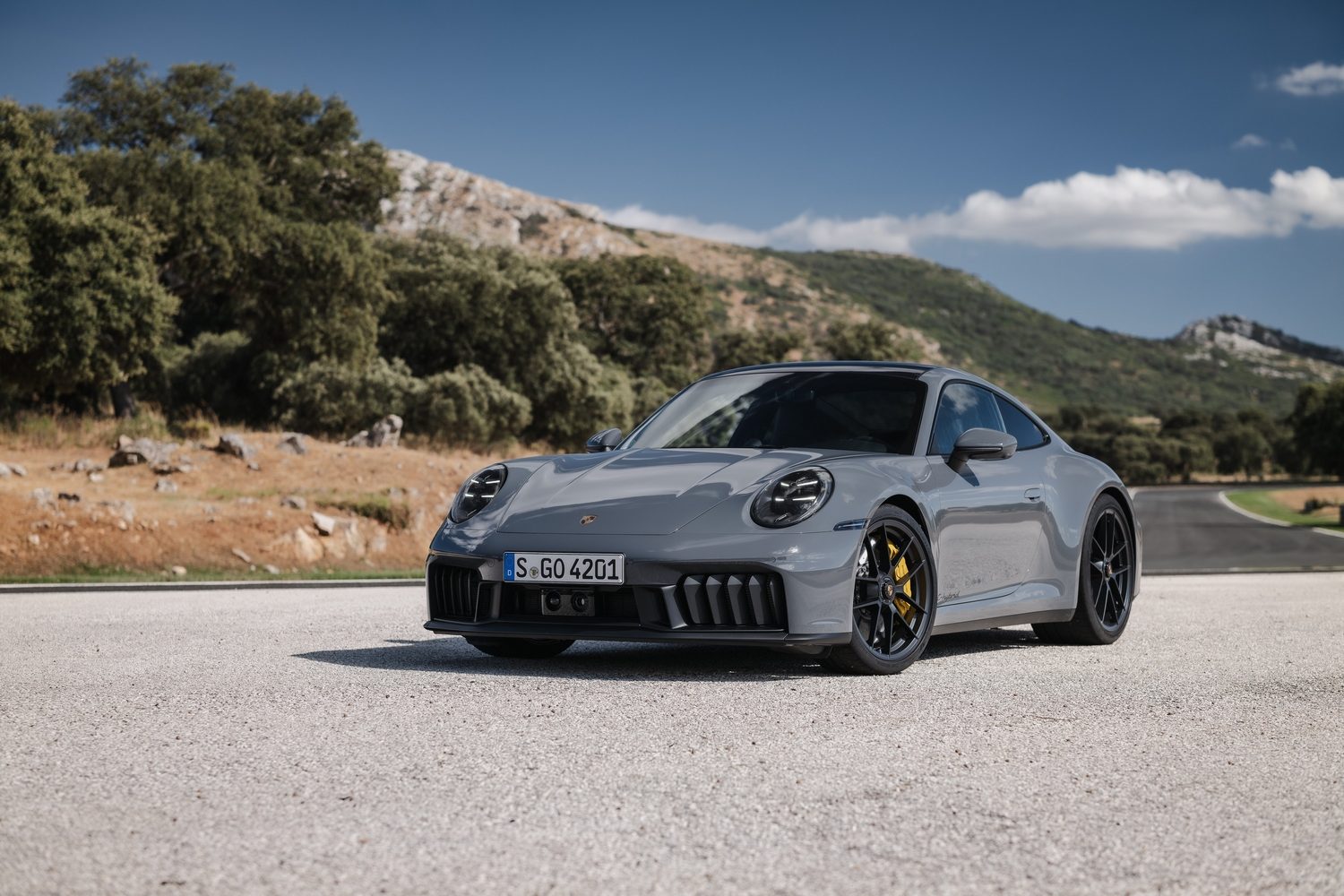
How fast is the Porsche 911 Carrera GTS Coupe?
One of the big talking points about the new 911 GTS models - which, let’s not forget, are supposed to be among the purest 911 variants - is the new T-Hybrid powertrain, which Porsche says has allowed the engineers to increase the engine’s displacement and power without increasing emissions. But it has also robbed the GTS of a manual gearbox, which might not please buyers very much, and it has increased the car’s weight slightly.
But those panicking about the T-Hybrid system's impact on the purity of the 911 need not worry too much. For one, the hybrid system isn’t all that noticeable, because it operates as more of a glorified stop-start system - a kind of mild-hybrid arrangement - than like the system in a Toyota Yaris, where the electric motor drives the wheels more often than you might imagine. And secondly, the power and responsiveness improvements more than make up for the extra weight.
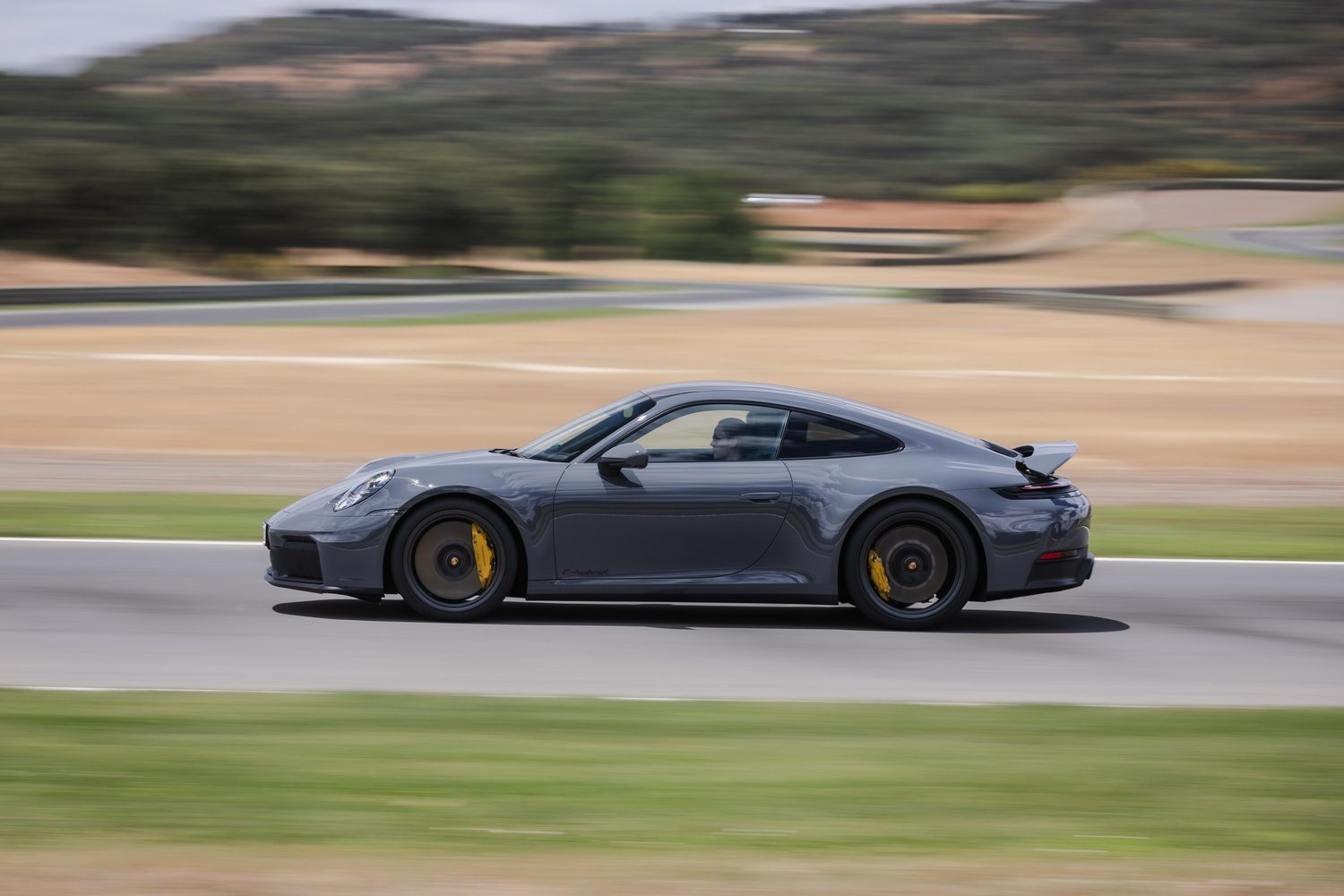
The engine itself is still a turbocharged flat-six petrol unit, but it has grown to 3.6 litres, while the 41kW electric motor is housed inside the eight-speed automatic gearbox. That’s fed by a 1.9kWh battery under the bonnet, which also powers the high-tech turbocharger system, pre-charging the turbine so more power is available more immediately.
As a result, the T-Hybrid system produces a massive 541hp - up from 480hp in the old, non-hybrid 3.0-litre GTS - and is noticeably faster as a result. The 0-100km/h time has improved by four tenths of a second, to three seconds flat, and the top speed is 312km/h. Perhaps more importantly, though, the electric motor and the electrified turbocharger combine to give epic in-gear acceleration and rapid responses to the throttle, making overtaking easier and improving control in corners.
And it isn’t just the immediacy that strikes you. It’s relentless, too. The power feels almost limitless, and the GTS pulls and pulls and pulls all the way past the 300km/h mark. You barely even notice the gear changes in Normal mode, and although the Sport Plus mode makes shifts even faster, it also makes the changes quite snappy and abrupt.
Then there’s the question of noise. Those concerned about the hybrid system’s impact on the flat-six sound need not have worried, because the exhaust note is every bit as glorious as before. The growl at low speeds is menacing enough, but the howl as you climb the rev range is quite addictive, especially as the turbocharger’s huffs and puffs punctuate the engine’s anger.
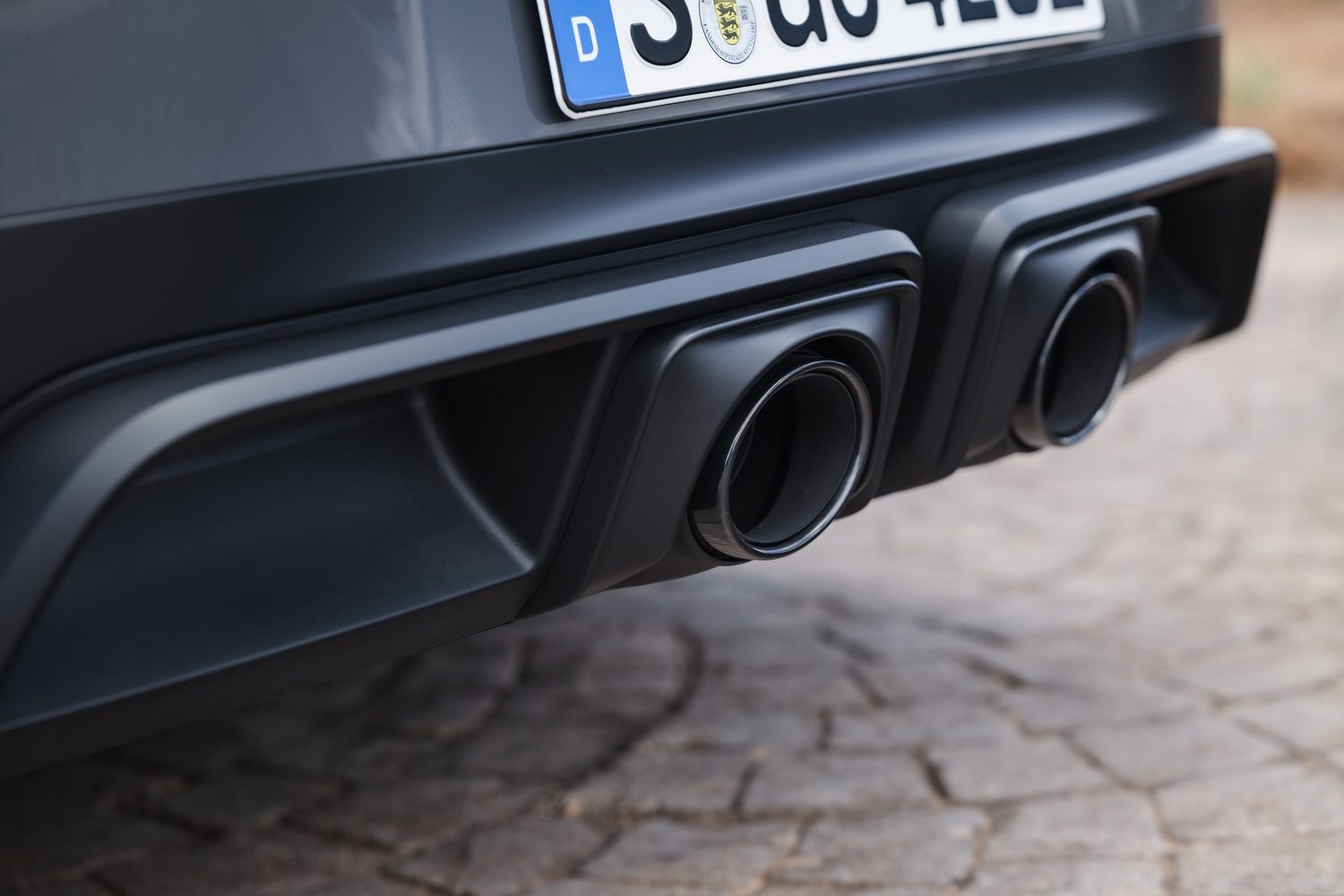
Driving the Porsche 911 Carrera GTS Coupe
Our opinion of the previous-generation GTS models was a little lukewarm, simply because they were a bit too savage on the road, and that’s where they spend most of their time. Porsche might bang on about track days, but they’re largely the domain of the GT3, and though the GTS will do the job, it’s really bought more for its styling and power. Hence our reluctance to recommend something with such a track-orientated ride.
Porsche says it hasn’t changed all that much about the 911’s suspension, but with the extra weight, the new powertrain and the introduction of four-wheel steering as standard, tuning will almost certainly have been altered. And even if it hasn’t, the effects of the tune will be different. Which is why the GTS Coupe is still firm, but it feels slightly less aggressive than its predecessors. We thought that when we first sampled the all-wheel-drive version on the silky-smooth roads and racetracks of Spain, and we still think that now we’ve tried the rear-drive edition on some more representative asphalt.
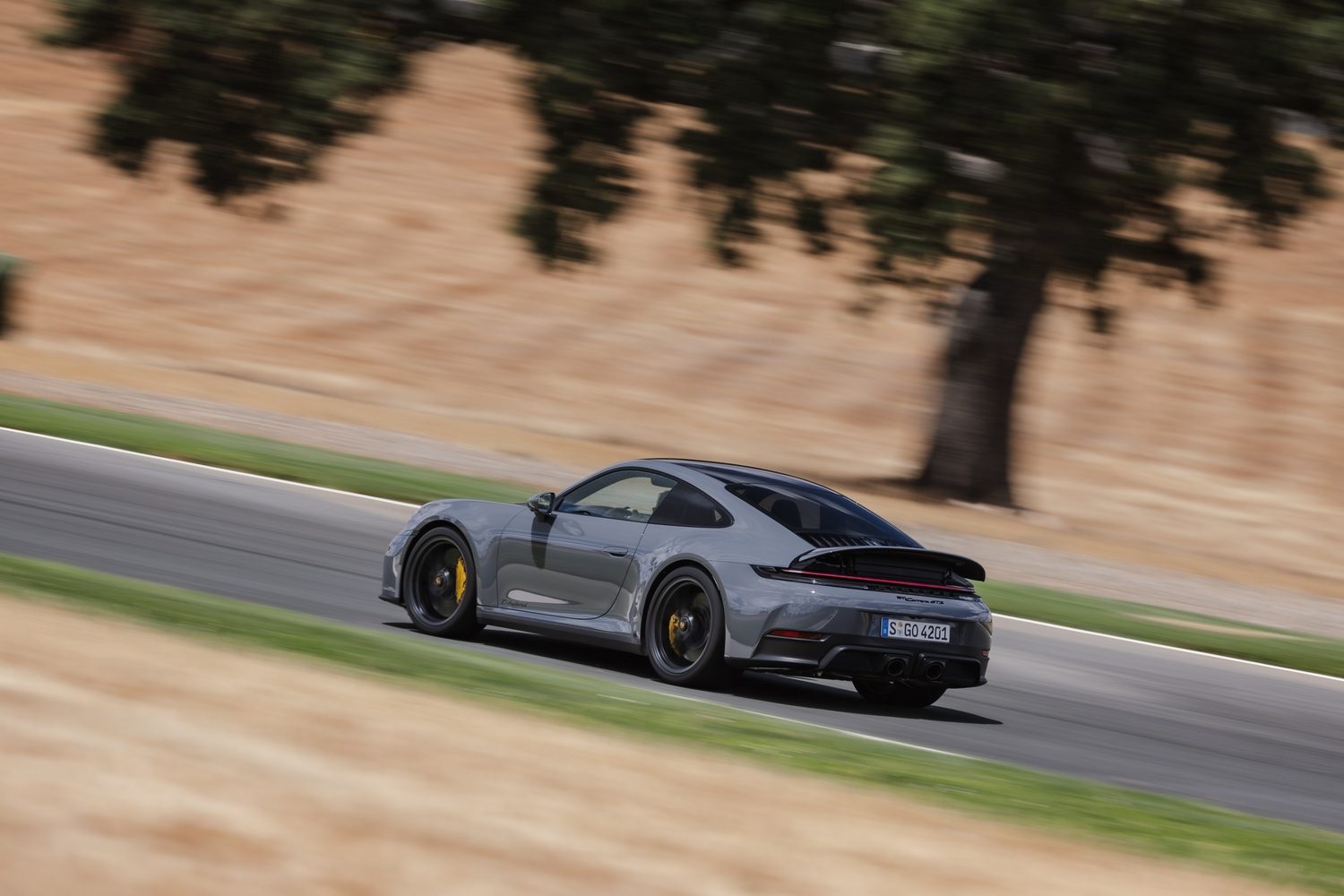
We should be clear that the difference is not particularly pronounced. The GTS Coupe is still pretty stiff and unforgiving on badly scarred and broken surfaces, particularly at low speeds. If the roads in your local town are dire, you won’t enjoy life in the GTS very much, thanks to the constant jolts and thumps from beneath your backside. And that’s in the softer of the two suspension settings. It’s even worse if you press the little button on the dash for the sportier damper set-up.
Happily, things improve once you get above 55km/h or so, and the ride settles down a bit. You can still feel everything the tyres are being put through, but it’s tolerable, and the motorway ride is sporty but perfectly acceptable. Unless, of course, you’re in that sportier damper setting, in which case you’ll feel plenty of thuds and jiggles from the suspension.
And if we’re honest, the benefits of the stiffer damping are not particularly noticeable on the road. Sure, on a racetrack, it gives the car a tighter feel, as though everything has been pinned together a bit more closely, so the steering response is a mite sharper, and the car leans fractionally less. But unless you’re really pushing it on a country road, you’ll barely notice the difference from day to day. And even if you do notice the difference, it’s hardly as though the standard setting ruins things.
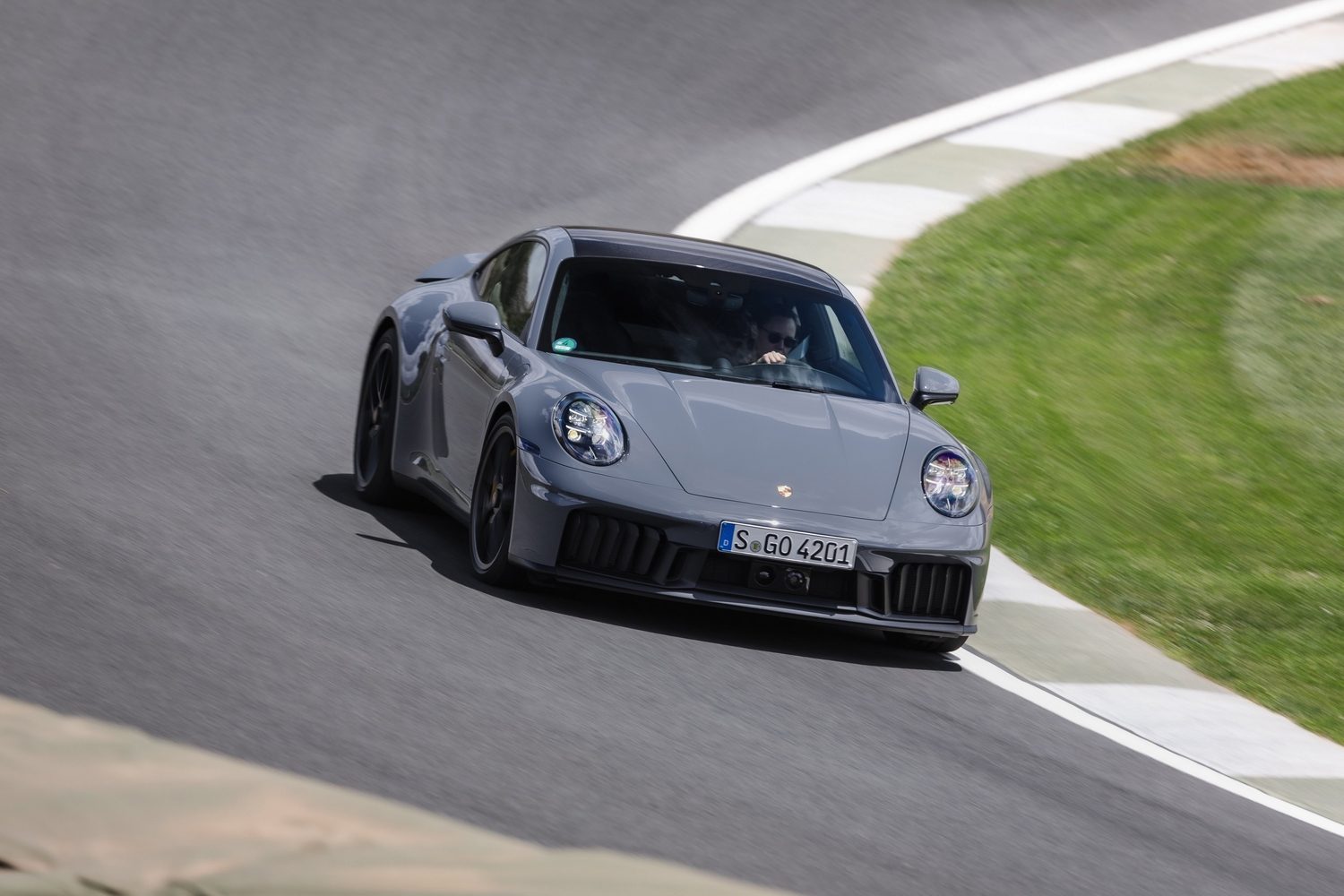
Whichever mode you’re in, the GTS has superb control of its body, which stays almost flat through corners even at ludicrous speeds, while the grip from those wide tyres is mountainous. Traction in dry weather is impressive, too, even in the rear-wheel-drive car, but when the surface gets slippery, the all-wheel-drive GTS models feel a bit more planted. With a rear-wheel-drive car, you have to be more subtle with your throttle inputs, particularly if the road isn’t as dry as you might like, whereas the all-wheel-drive version will suffer fools a little more gladly, and it won’t threaten you with extinction if you put your foot down to overtake.
For that reason, the all-wheel-drive GTS is arguably the better and more user-friendly road car, particularly if you want to use it every day, but the rear-drive car is more likely to get the heart pounding, and it’s more fun on a racetrack, where it’ll slide more willingly and you can enjoy the sheer joy and sense of achievement you get from balancing it through a high-speed corner.
And part of the reason you can do that is because Porsche’s engineers have made the steering absolutely sensational. It’s little short of perfect. The weight, the feel, and even the size of the steering wheel are all just so, and the sense of precision is remarkable. Porsche steering is always good, and 911 steering is always great, but the GTS’s is amazing. And that’s despite the inclusion of all-wheel steering as standard. Sometimes such a system can feel a bit false, but Porsche has managed to make it feel quite natural, while still ensuring it’s incredibly effective, tucking the car into a corner when it needs to and improving high-speed stability at the same time.
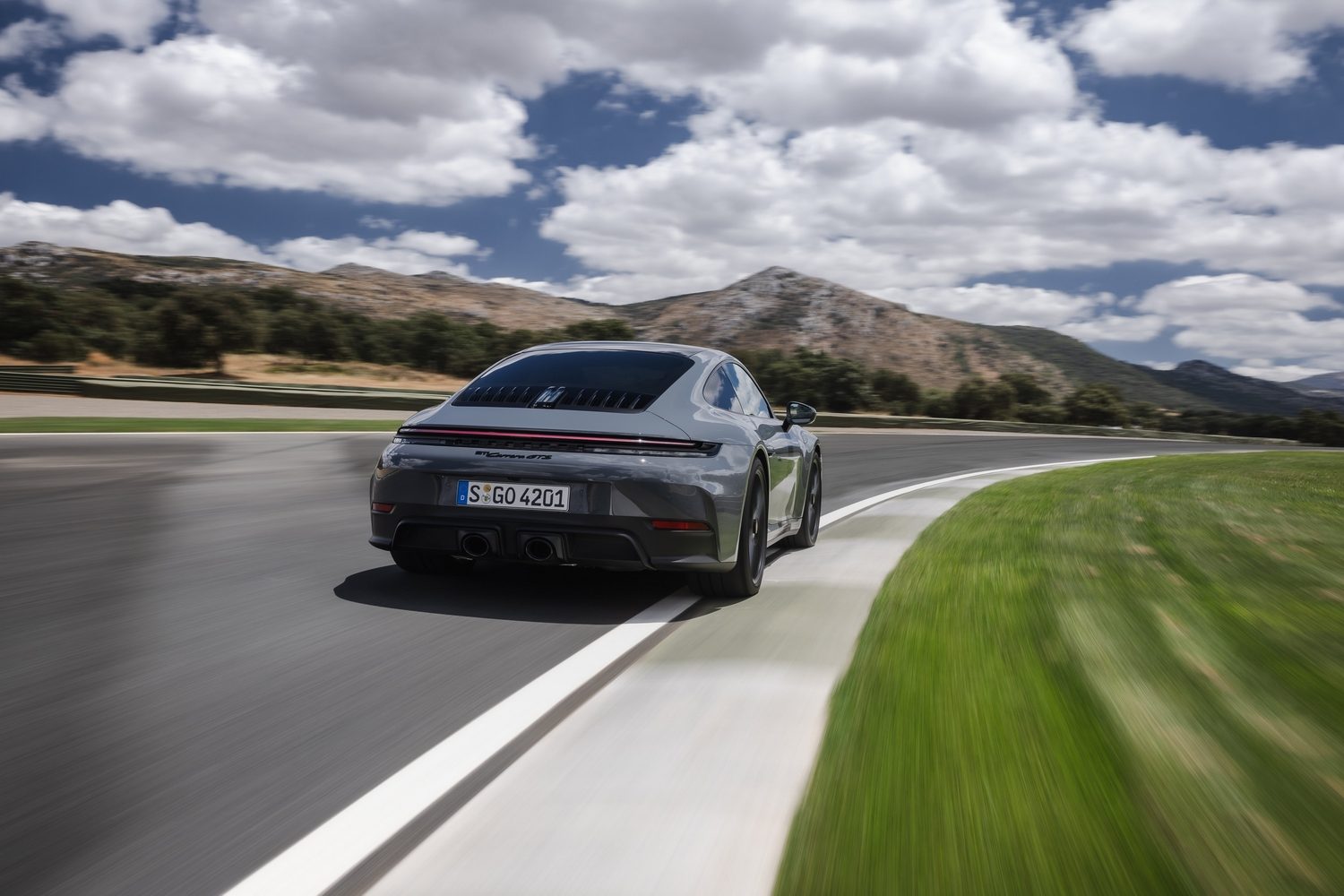
How much will the Porsche 911 Carrera GTS cost in Ireland
No 911 is what you’d call cheap, but the GTS really is quite expensive. Prices start at €257,619, and once you’ve put a handful of choice options on there, you’re talking about the best part of €300,000. When the figures are that big, value for money doesn’t really come into it: if you want one, you’ll have one. If you don’t, you won’t.
But if you do, you get the GTS styling as standard, along with LED Matrix headlights and the GTS Race-Tex interior trim. The digital instruments are included, along with the touchscreen, all-wheel steering and two-zone climate control. You also get keyless entry, Porsche’s driving mode selector and four-way electrically adjustable heated front seats. Rear seats are a no-cost option. Admittedly, it isn’t the lengthiest of lists, but Porsche will happily flog you a wide selection of optional extras, some of which offer more value than others.
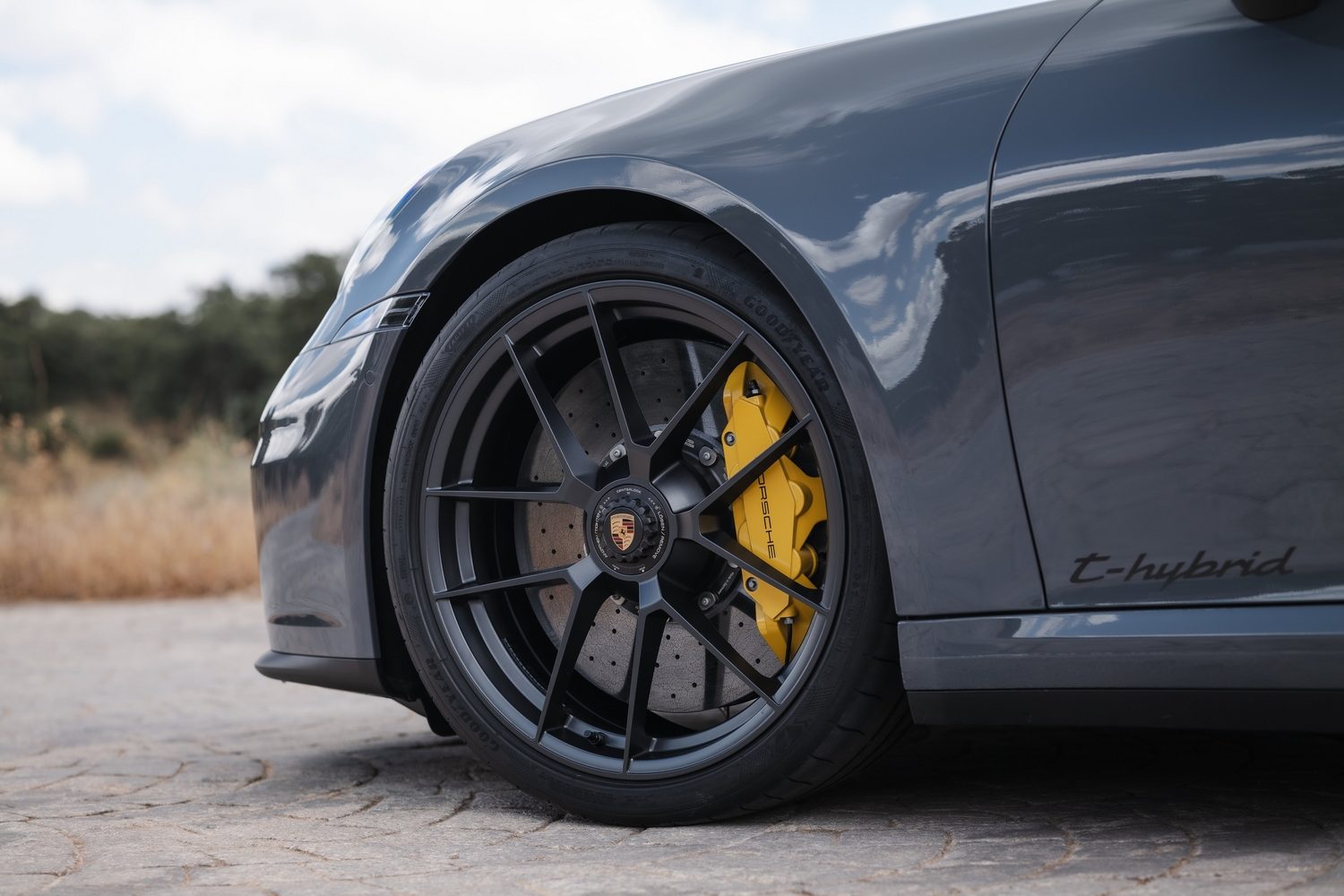
A look inside the Porsche 911 Carrera GTS
The latest-generation Porsche 911 is effectively just an updated version of the previous model (hence the .2 suffix at the end of the car’s ‘992’ codename), so it’s no surprise that the cabin doesn’t look all that different. It has the same classically styled dashboard, for example, while the centre console is also pretty much identical.
The only real differences, then, are to the instrument cluster and the touchscreen, which have both been modernised. The old part-analogue, part-digital instrument cluster has been removed. In its place, there’s a new digital display that is much easier to see through the steering wheel.
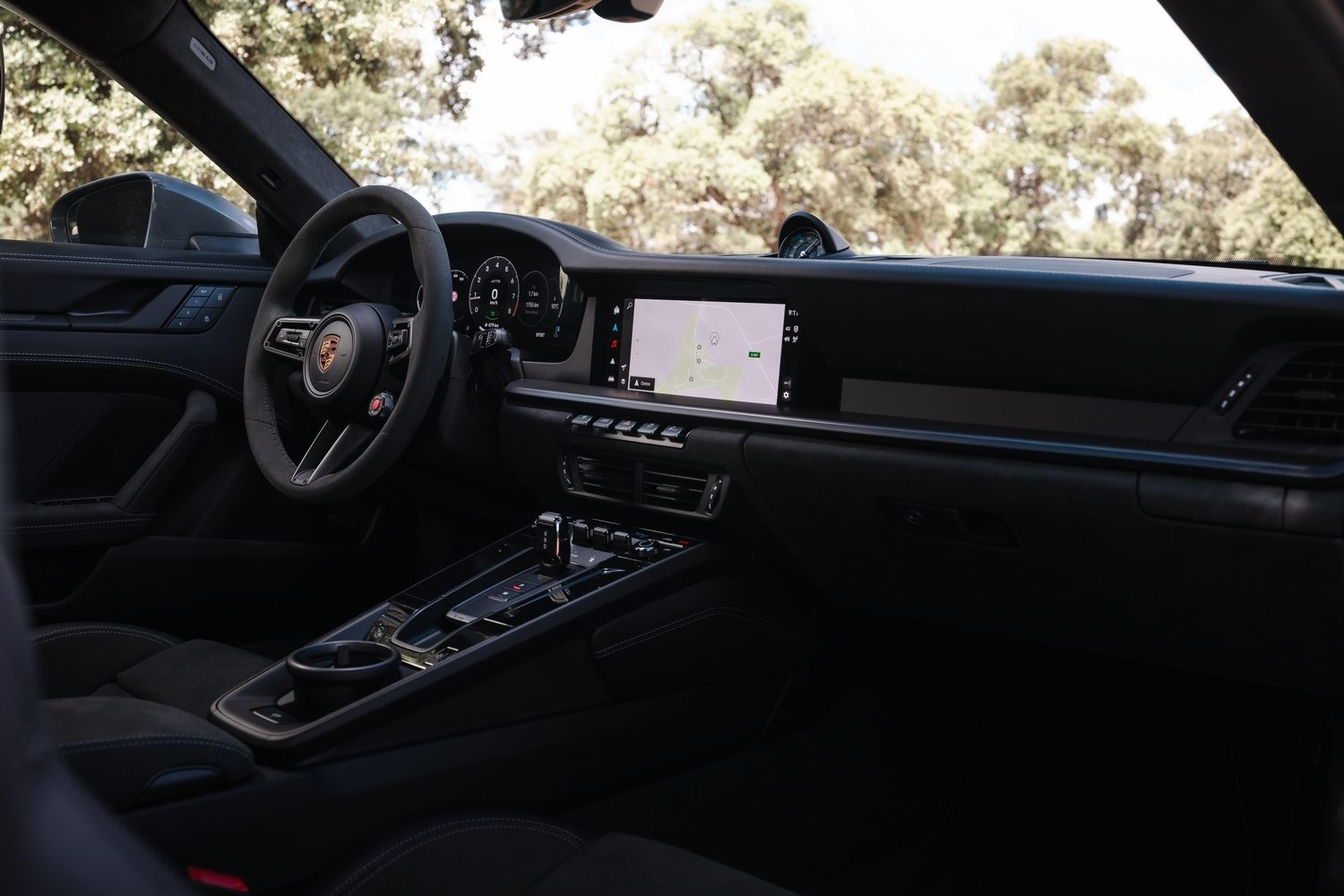
Speaking of which, that has changed very slightly too, with a new drive mode selector on the wheel. It has a red button in the middle, which looks a bit cheap, but it feels more upmarket than it did before, with a better movement. And behind the wheel, Porsche has swapped the turnkey-style ignition switch with a button.
Yet while minor changes have been made, the basics remain just as robust as before. Porsche has always been brilliant at building cars solidly, and the new 911 is no different. Everything is nicely stuck together, and the materials are first rate. Especially in the GTS, which gets Porsche’s Race-Tex microsuede material in various places, adding a sporty edge to proceedings.
Also adding to the sporty atmosphere is the lack of rear seats, which are excluded as standard, but can be fitted as a no-cost option. In truth, they aren’t that much use as seats - you can’t easily fit a fully grown human back there, and even if you could, they wouldn’t want to spend long there - but they do add to the car’s flexibility. You might prefer the luggage space provided by the space back there, though, because the boot under the 911’s bonnet is not exactly capacious. That said, it’s more useful than the 135-litre official capacity might suggest - it’s a sensible shape and it’s fine for a couple of soft bags, which will make it perfectly good for two people to take a weekend away. And even if you go for the back seats, you can always use them as extra luggage space.
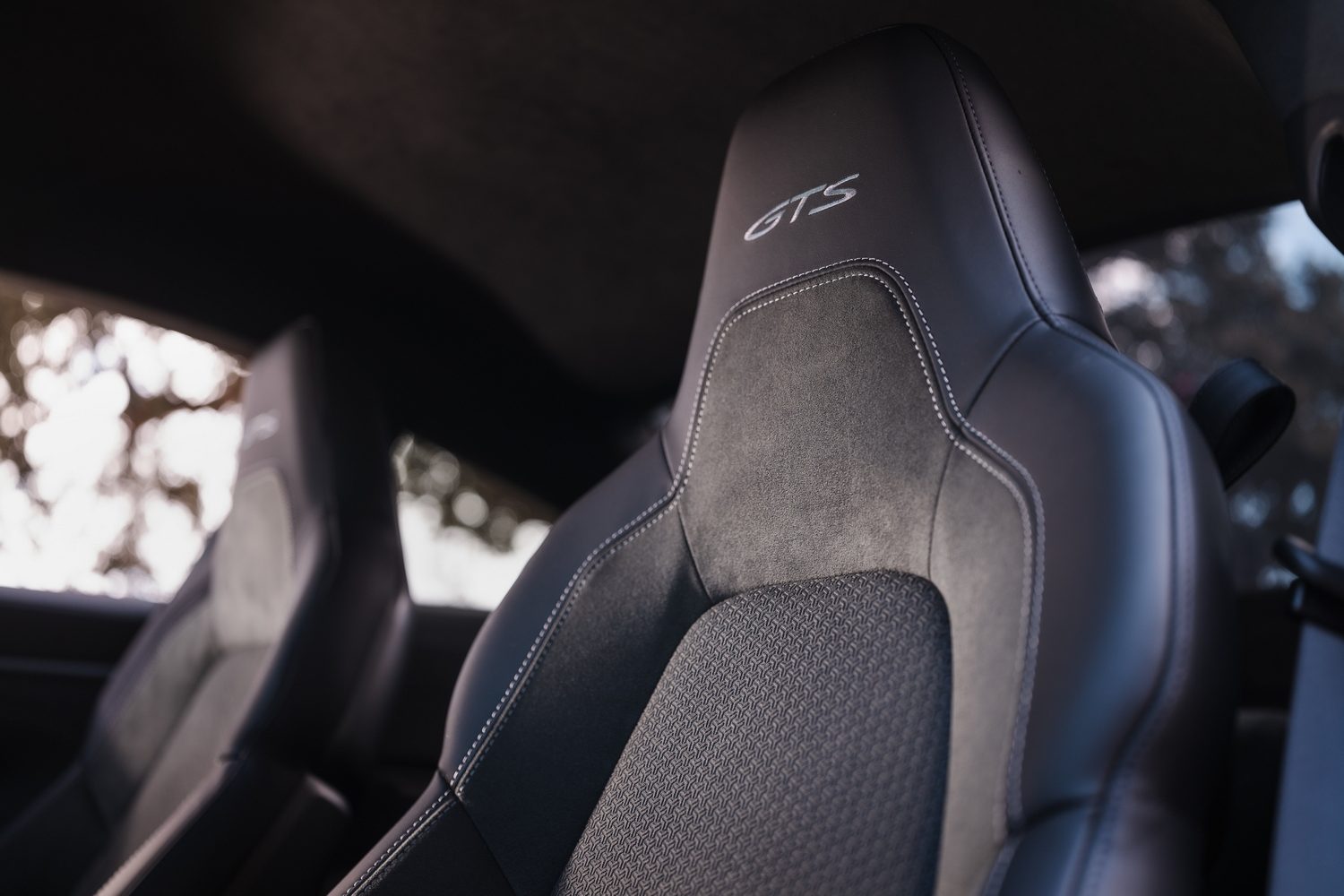
The Porsche 911 Carrera GTS’s on-board technology
Because Porsche has left the 911’s interior styling more or less unchanged, the only perceptible differences are to the technology. The digital instrument cluster is the main new addition, with its configurable display and its tighter, more easily visible design. It isn’t as fancy as you might expect, but it’s clear and easy to use, which counts for a lot. The only real complaint is that the old analogue rev counter looked great and had a bit more character and soul, but we understand the reasons for the change.
Yet the technology isn’t limited to the interior. The GTS is particularly technologically advanced, with the hybrid system in the engine bay joined by clever tech in the bodywork. Those gills on the front aren’t just there for decoration: they open and close as required, either making the nose more aerodynamic or directing cooling air to the brakes and powertrain, depending on what the car’s on-board computers decide it needs.
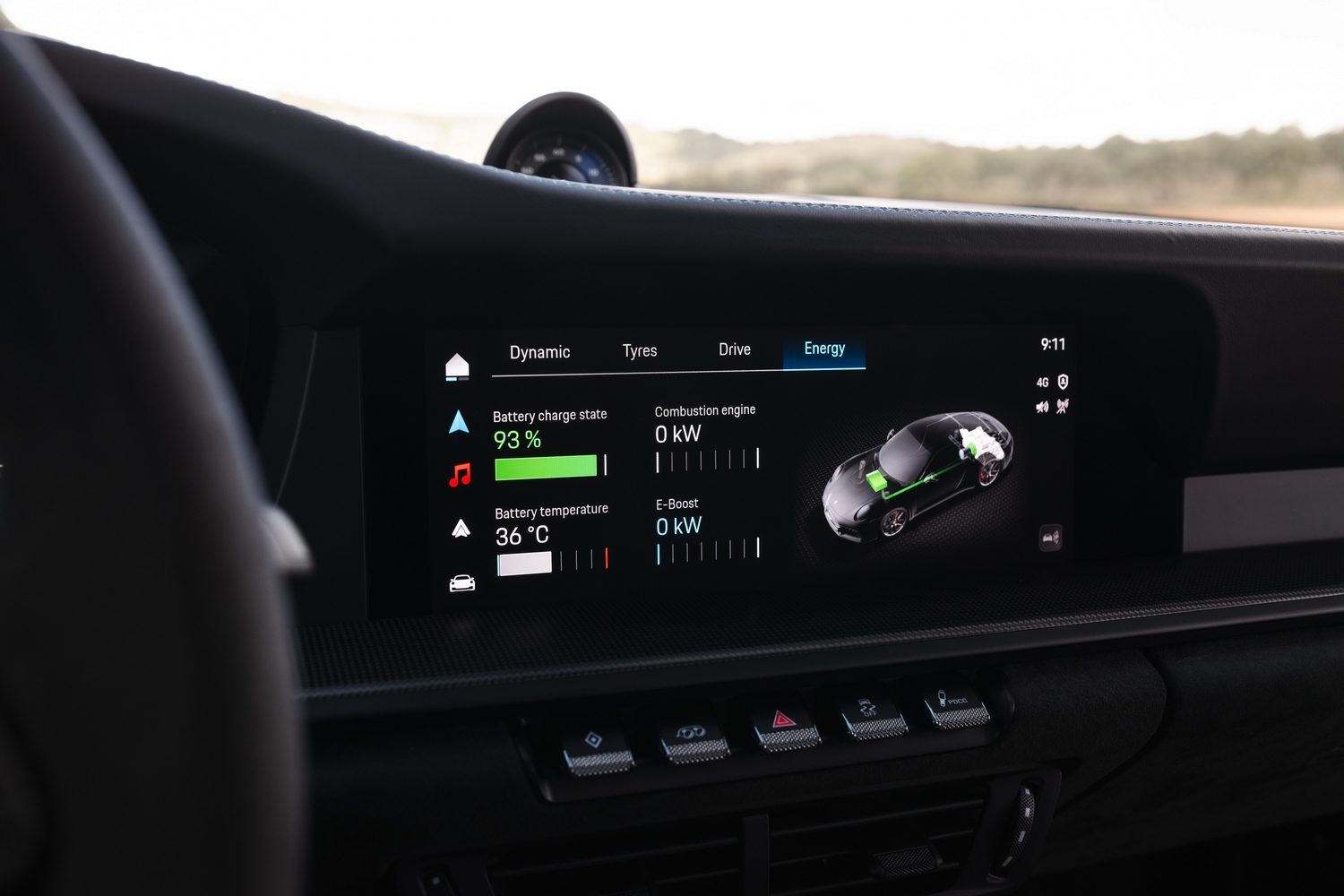
The computer is even bright enough to know that in Wet mode, which is designed to set the car up for stability in wet weather, some of the vents should be closed to try and reduce the amount of spray hitting the brakes, allowing for a fractional improvement in performance. It might not make a massive difference, but that’s the kind of attention to detail Porsche indulges in.
The reasons you’d buy a Porsche 911 Carrera GTS
This purest version of the GTS is an astonishing car in many ways, but it’s very much a tool for a specific job. It’s still very slightly too stiff to use every day (the Targa and Cabriolet models are, strangely, better on that front) and those planning to use it whatever the weather might prefer the all-wheel-drive version, which provides slightly less threatening access to the power. But all that said, if you’re buying a 911 as a toy for blasting around the countryside or a racetrack on sunny Sundays, the Carrera GTS Coupe will do the job brilliantly. It’s a very, very impressive piece of kit.
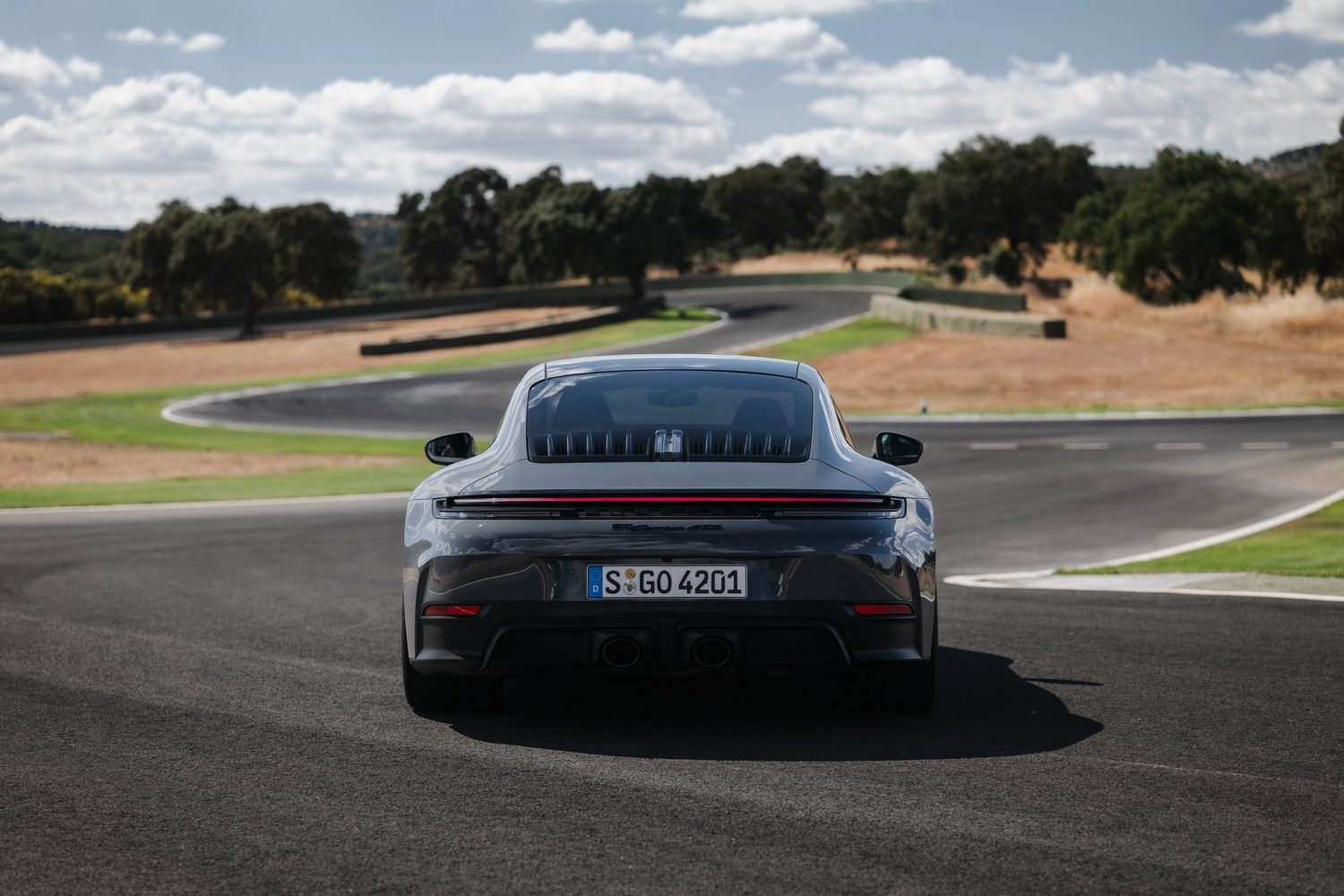
Ask us anything about the Porsche 911 Carrera GTS Coupe
If there’s anything else you’d like to know about the 911 Carrera GTS, the Porsche 911 generally, or even any other car on sale in Ireland today, then head on over to the Ask Us Anything page. There, you can pose your question to our team of experts, then sit back and relax while they get to work answering. And the whole service is completely free of charge.

